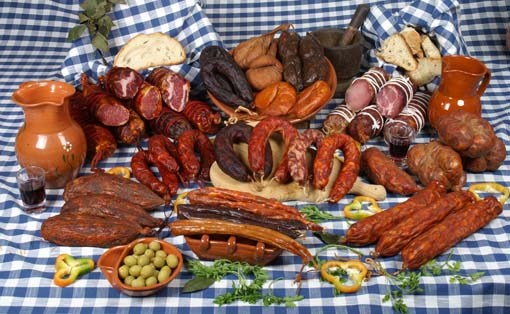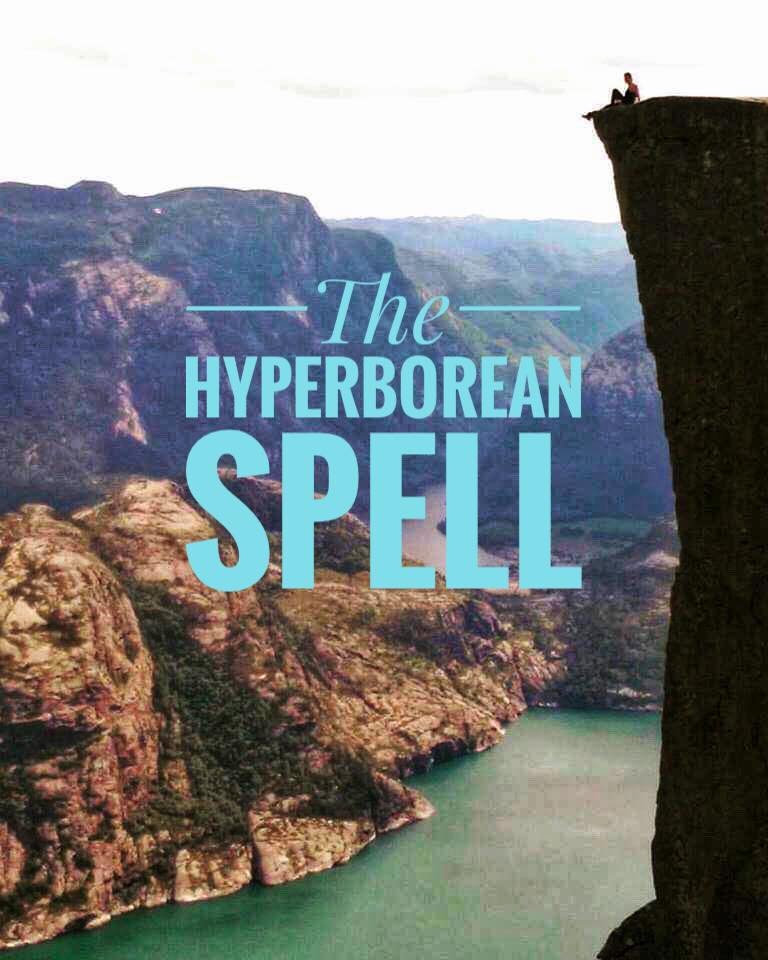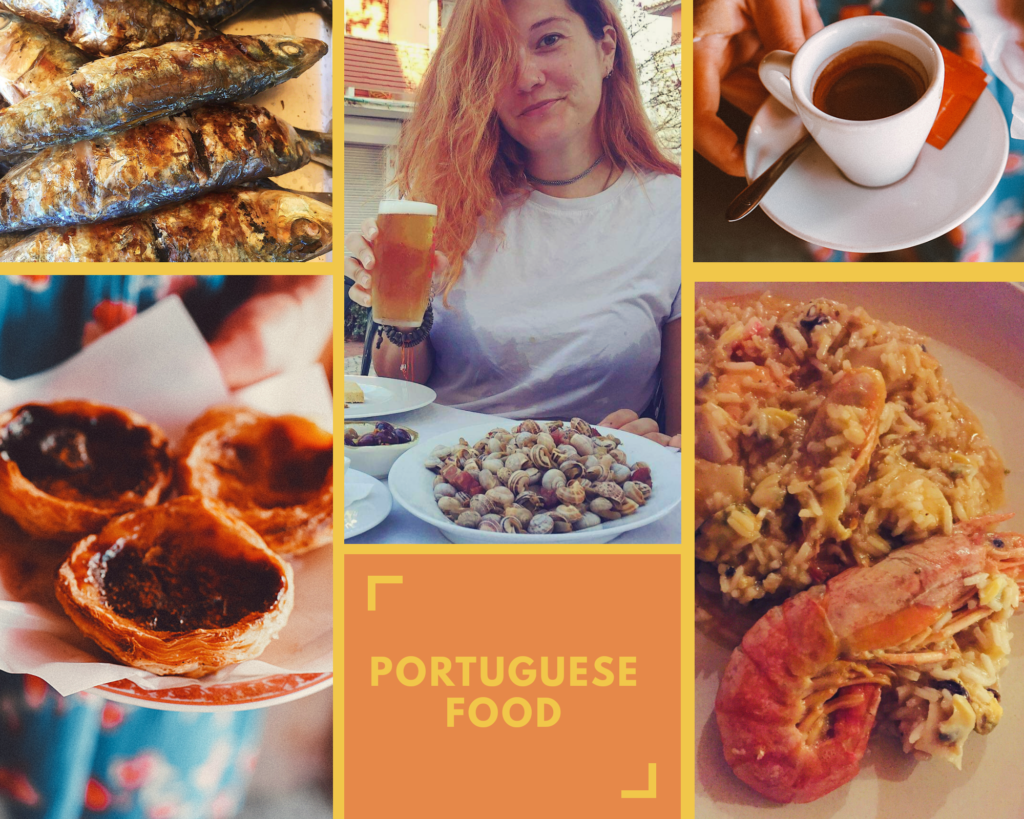
Yes we have one of the best (actually THE BEST but don’t be upset) cuisines in the World. We have a huge variety of dishes and ways to cook our food, we use all of what nature gives us (and some more as we totally improved Cod from Norway), and we make it DELICIOUS!!
Ok Ok, I may be a bit dubious on this. But I’ve travelled enought to realized that in fact our food is one of the richest and most flavoured varied foods in the World.
Let me put my money where my mouth is!
Have you traveled around? Gone to Mexico for example? How’s the food? Tired of meat already? Tacos, enchiladas, burritos, they are all amazing! But after 1 or 2 weeks maybe you really want some grilled fish.
Ohh my dream trip to India, I was so happy to eat indian food all day. It was amazing…but after 2 weeks it all taste the same…everyday.
Ok maybe Europe is different you think. Let’s try Italy. They have more variety off course, but does it go anywhere from pasta, pizzas and some steaks? Maybe not.
French yes, the prima dona of the cuisines. But can you really eat it everyday? Is it affordable? And all that butter…
Now let’s see Portugal. You go to a typical portuguese restaurant (so called tasca) and what’s on the menu?? Sometimes up to 15 daily dishes!! Can you even imagine that in your country?? We go from grilled fish, boiled fish, more elaborated fish dishes, specially cod (we have more than 1000 ways to cook cod), to grilled meat, baked meat, fried steaks with loads of different sauces, and then the stews. Oh we have stews of everything. Meat, fish, seafood. We make them with chouriços, beans, cabbage, you name it we can put it in a stew. And the sauces OMG. It’s like the Italian, super tasteful but without all the tomato sauce.
We use spices like they are a main ingredient. We don’t just add a pinch of them. We mix and match and put spoons of it, we make marinates for our meats and fishes and always top the food with some more. Just a plain turkey in the oven is an amazing meals here.
But let me stop bragging and give you some facts you may not know
Refogado
Refogado is the base of our cuisine. Like the french have the mirepoix we have refogado. It’s a mix of onions and garlic cut in different ways depending on the dish and fried in olive oil. We use this in almost every dish that is not grilled. From soups to stews to pasta and even for plain rice (you will never want to have boring plain boiled rice after you try this).
Some dishes may have an million dollar addition to this…chouriço! Omg it just makes food even more astonishing. Imagine that plain tomato sauce for pasta, you already put the onion, the herbs, garlic and maybe even some carrot, but then imagine tasting some tiny pieces of fried chouriço in the middle of that already amazing sauce. Everything is better with chouriço 💛
The spices & herbs
We were, in lost times, one of the biggest spice importers. The spice route was partially discovered and explored by us. So up to this day we still use spices in every dish. We learned not to let them overpower the flavor of food, but instead to let it magnify them. A simple roast is enhanced by the spices you put in it. Marinates are common in so many dishes and you just can’t imagine doing some dishes if you don’t have the spices and herbs for it.
Simple food can be simply delicious if you just know how to season it.
Apart from the spices we use parsley and coriander as an ingredient in hundreds of dishes. If you go to a restaurant in Portugal, 90% of the dishes have parsley or coriander on top.
Alcohol
Another thing Portugal is famous for is it’s wines – from red to rosé, Porto to Madeira. And you know it already, we use them all in our cooking. No bolognese is made without some red wine, no roast without white wine.
Madeira and Porto wine make world famous sauces.
But we also use the hard licor. Our aguardente (a version of aquavit, brandy or moonshine or any generic single distilled drink) is usually made from fermentation and distillation of grapes, but we also have them from fruits like the infamous aguardente de medronho (arbutus unedo or strawberry tree, cain or cane apple). These are used for steak sauces, roasts and flambées.
If you wanna drink it then you wanna put it in your food 😁

Doçaria conventual
We love dessert. We try to be healthy but you always have dessert, even if it’s plain fruit.
But we have a long culture of desserts from the convents. Portugal always had a big tradition of egg production, being the main producer in Europe between the XVIII and XIX centuries. The convents had large egg production and the egg whites were used as a purifier in white wine production, or as ironing gum. The large amount of leftover yolks allied with the large amounts of sugar exported after the XV century from the colonies resulted in a tradition of these conventual sweets. They are mainly composed of huge amounts of yolks and sugar, but also chila jam and almonds. They tend to be very very sweet
You probably even know a very famous conventual sweet – the pastel de nata (custard pie or egg tart). The legend tells these were born out of necessity when, in 1834 the dissolution of the monasteries and extinction of religious orders. To survive the monks started selling these pies. The visitors and turists in the area of Belém made these famous fast, which lead to the monks opening the bakery Pasteis de Belém in 1837. These are the most famous and secret type of custard pies.

Cod
I know, how is it possible that the most famous fish in a country that has hundreds of fresh fish on its shore, is actually not found in its shore 😂
Moving along, guess our connection to Norway is destiny
Due to preservation issues the cod had to be salted (or buried in lye if you try the norwegian lutefisk) to be exported to Portugal and Spain. And we decided to turn this amazing fish into one of our national dishes.
We cook it in 1001 different ways. They are all amazing and end up with a huge variety of flavors

Check my dedicated post to Cod 😍
Chouriço
The chouriço – maybe the most wonderful way to eat meat.
Obviously we use them in loads of recipes. If we can put chouriço in it, we will. From the refogados, to stews, soups, to even fish and seafood dishes, we put chouriço in it. Invite us to a bbq, we will bring chouriço to grill.
But you may not know we have a big variety of chouriços. From the famous red one of pork meat, we also make blood sausages, farinheira (an amazing orange soft chouriço), onion blood sausage, rice chouriço (also has pork meat) and even one made of chicken – alheira.
Alheira is probably the most different but also easier to eat for people not used to these curated meats. It has an amazing story also, has it was born out of necessity. When in the XVI century the inquisition started chasing the jews and making them convert, they devised a strategy to escape from this. Pretending to eat pork meat so they convince people they had converted. They invented a chicken chouriço that looked just like the pork ones to trick the christians. Even though it’s a sad story it gave us this amazing chouriço.
And obviously you can’t have cold cuts without cheeses. And in Portugal you will find a huge variety of these, all amazing. From cow to goat, soft to hard, curated for years or fresh, you can get it all.

Pork
There is an old saying in portuguese that says we use “all the pork” and it’s true. In the beginning of the century our granparents didn’t had the abundance of food we have now. It doesn’t make sense for an old gramma in a village to eat just the breast of the chicken and throw out the rest. Everything is used as much as possible and a lot of recipes were born out of the necessity of using less interesting parts of the animals like livers and other organs.
But when it comes to pork we took this one step forward. We eat the meat, turn the legs into bacon, the blood, intestines and meat into chouriços, use the ears, nose, and tail into dishes (like cozido à portuguesa), cook the feet into a delicacy, use the fat/lard to cook, we fill up the stomach with some meat and chouriço (bucho de porco), and we fry the skin (torresmo) and eat it as a snack with a cold beer.
There isn’t much left of the animal after. Not only economically but as a respect for the lives you take, do not waste an animal.

Olive oil
Ohhh I almost forgot about this liquid gold. I don’t think it’s possible to cook any portuguese food without olive oil. We just can’t live without azeite.

Are you convinced?
So are you convinced we have the best food in the World? If photos are not your thing, check some typical portuguese recipes at the end of this post, or better yet, just visit Portugal. I guarantee you you will gain some kilos cause you won’t be able to stop eating 😉 I always do <3
And while there you just can’t miss one of my favorites – caracóis – snails. I know it sounds gross to most people but give it a change. With a cold beer at the end of a beach day…there is nothing better.

Some traditional portuguese recipes
- Pork sandwich steaks (bifanas)
- Bean stew (feijoada)
- Shrimp turnovers (rissóis de camarão)
- National portuguese stew (Cozido à portuguesa)
- Cod à Brás
- Conventual pudding Abade de Priscos (you use the pork lard or bacon to cook it but it’s amazing)
- Sweet rice pudding (arroz doce)
- Caracóis (snails)
If you need some more just reach out and I can find you an original traditional recipe 😉
P.S- Some of the recipes are in portuguese because those are the more original versions, but nowadays you can just google translate them 🙂
Enjoy 😉




